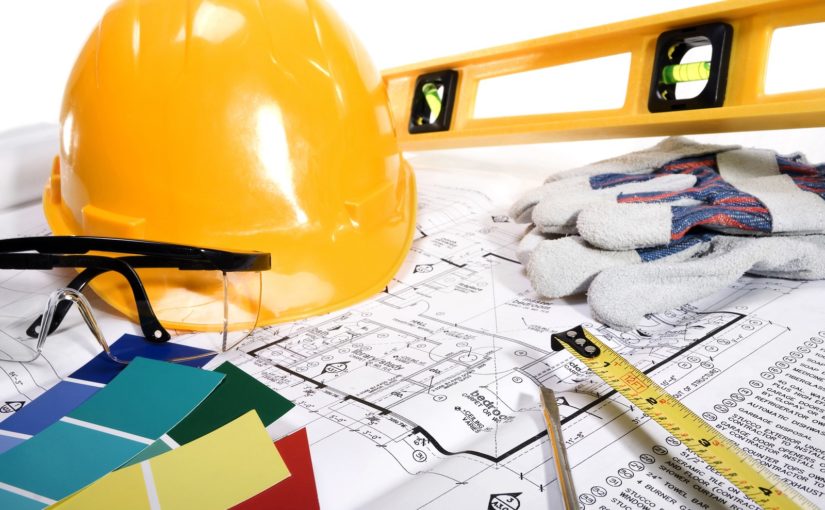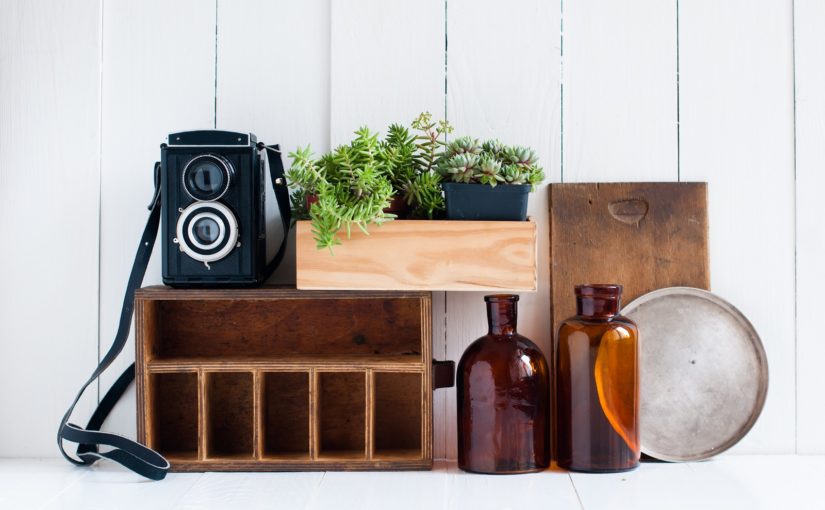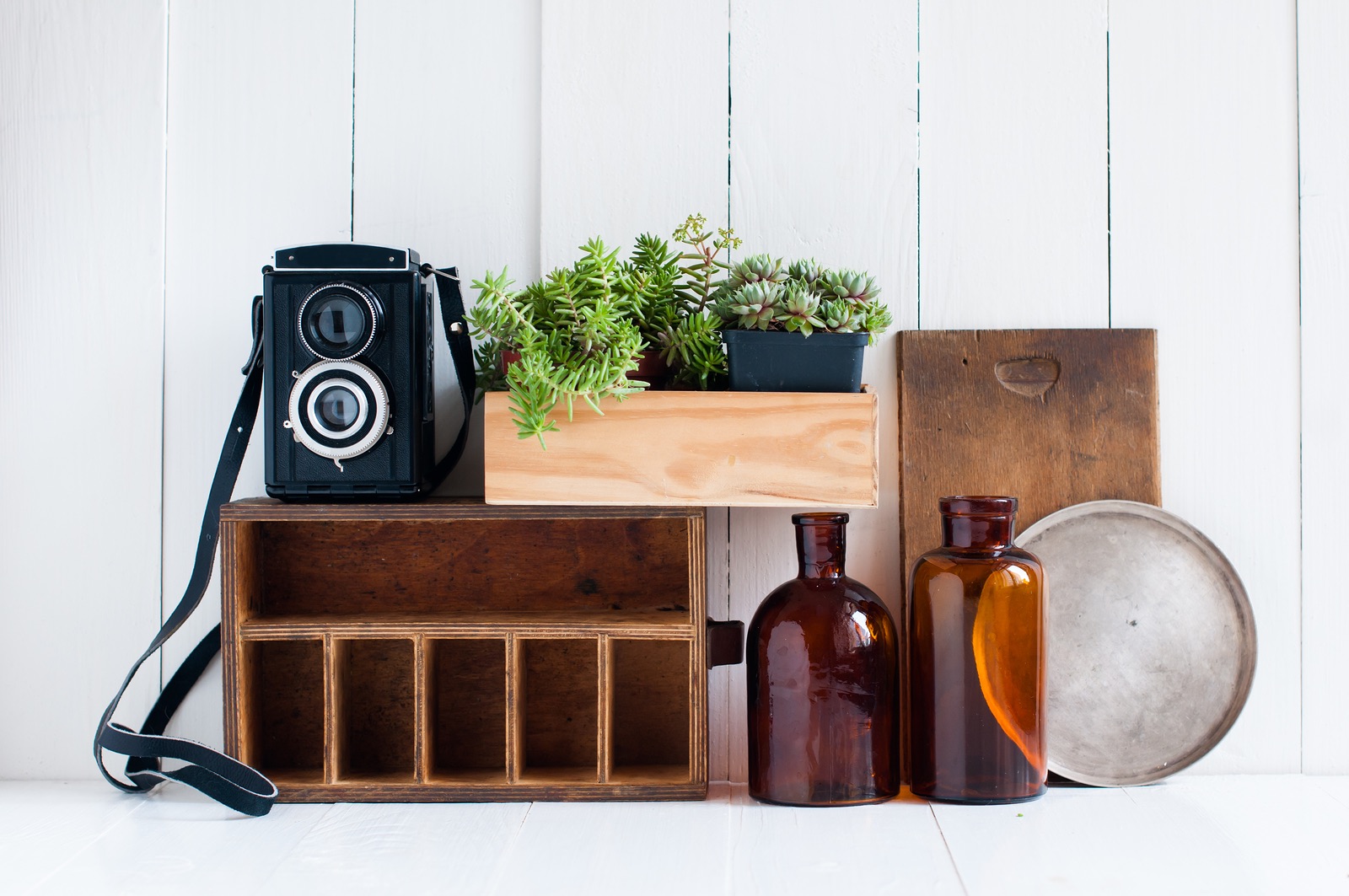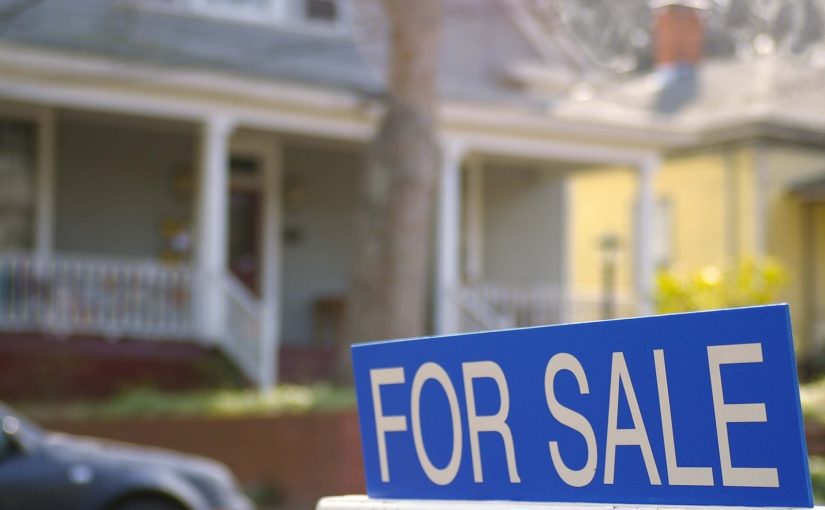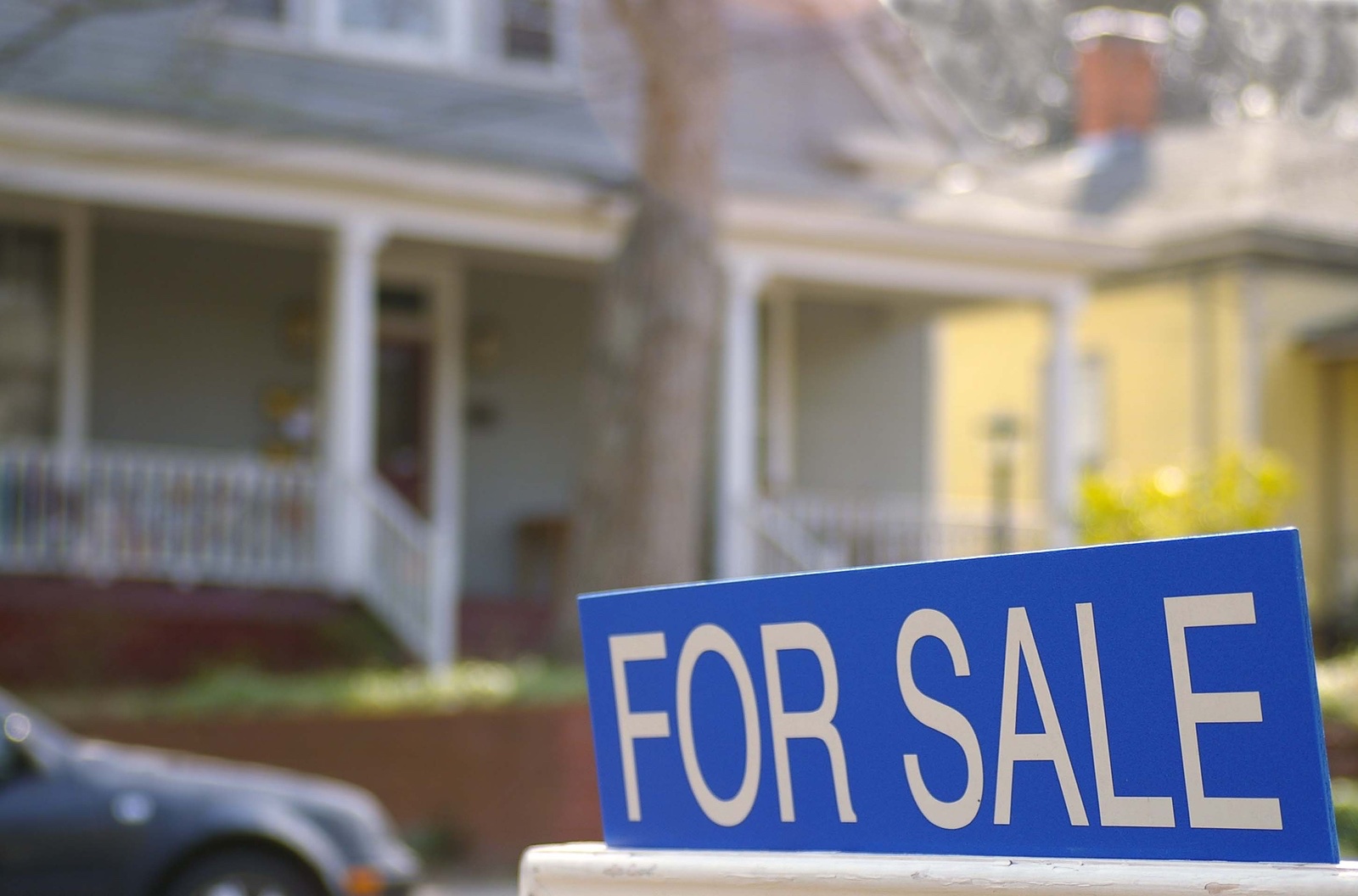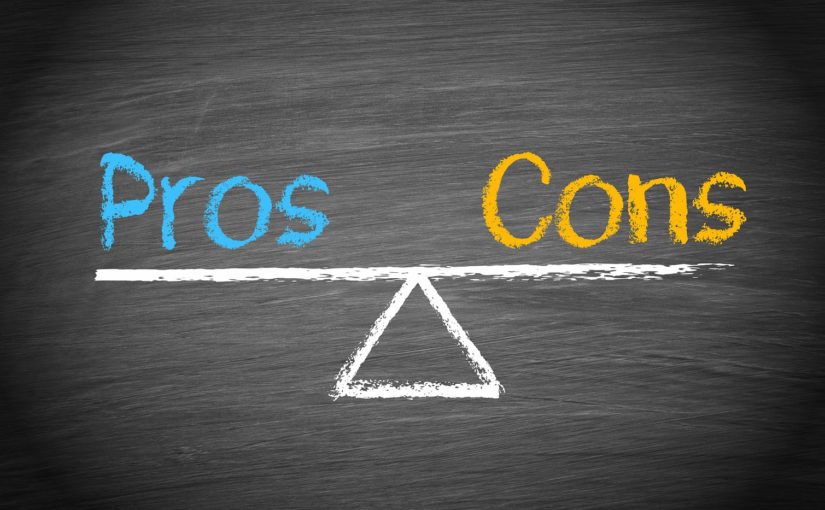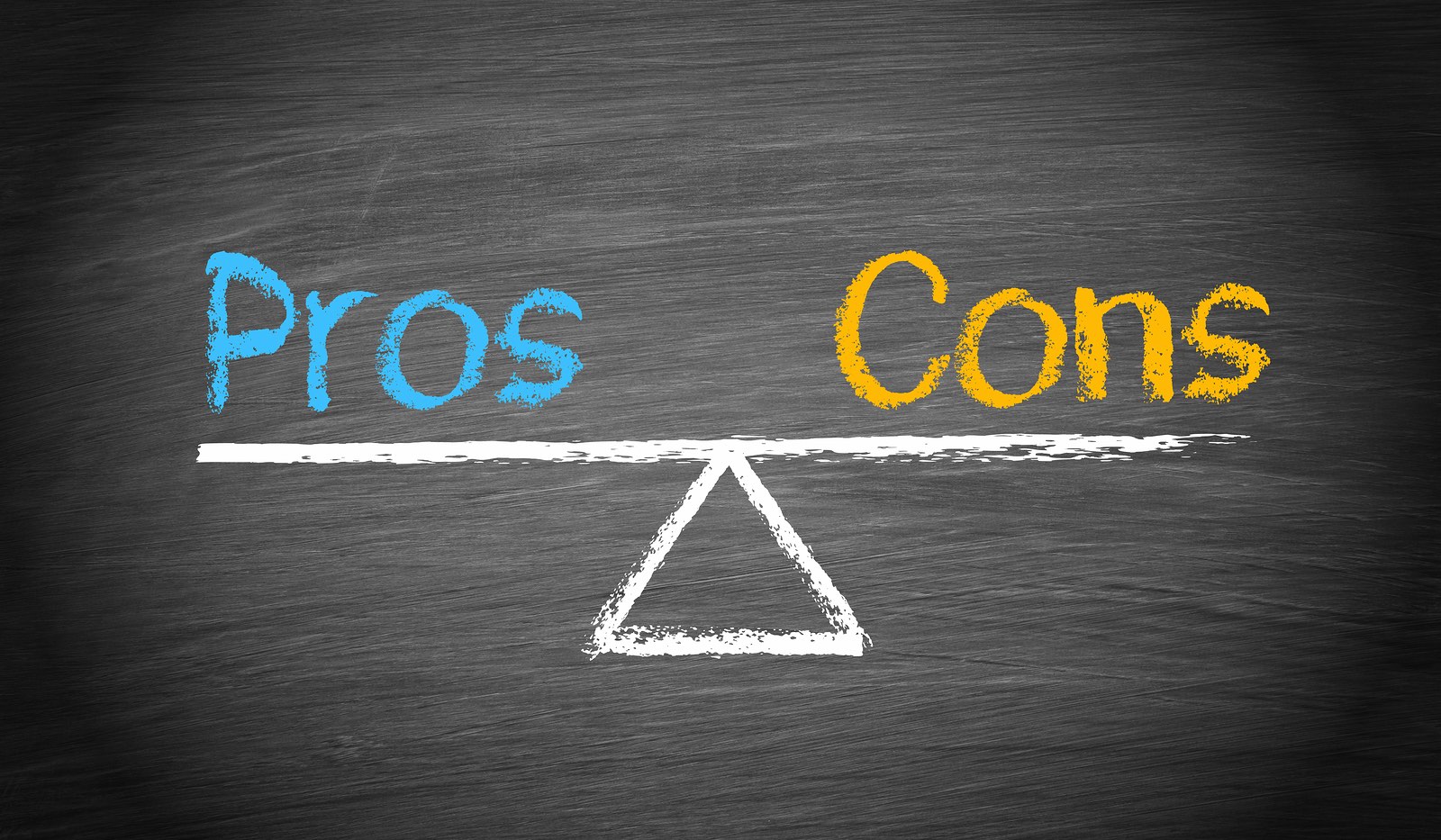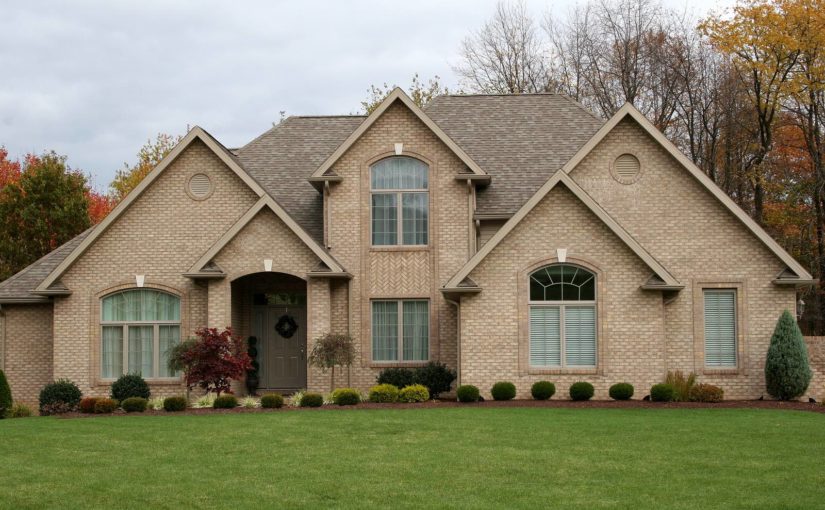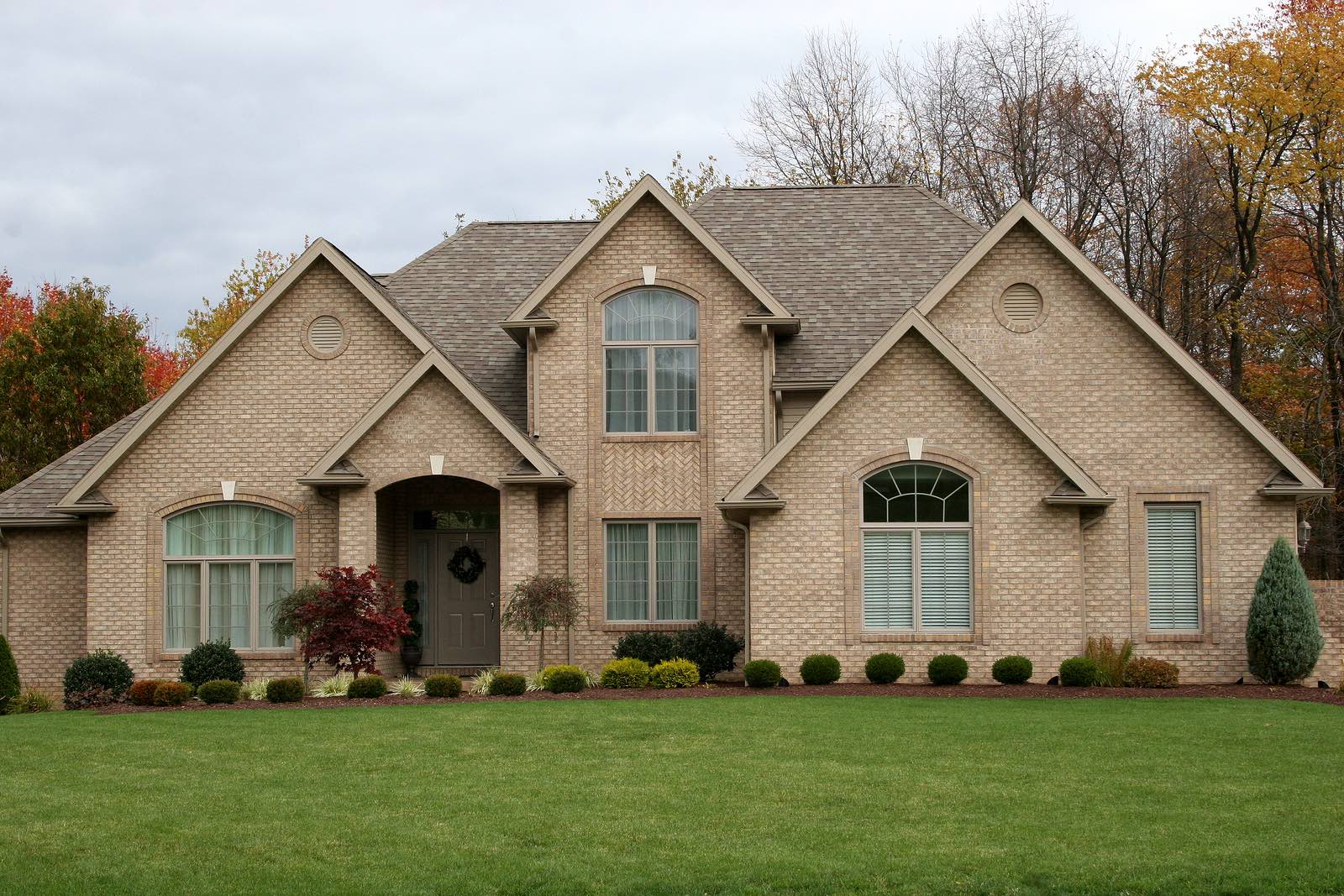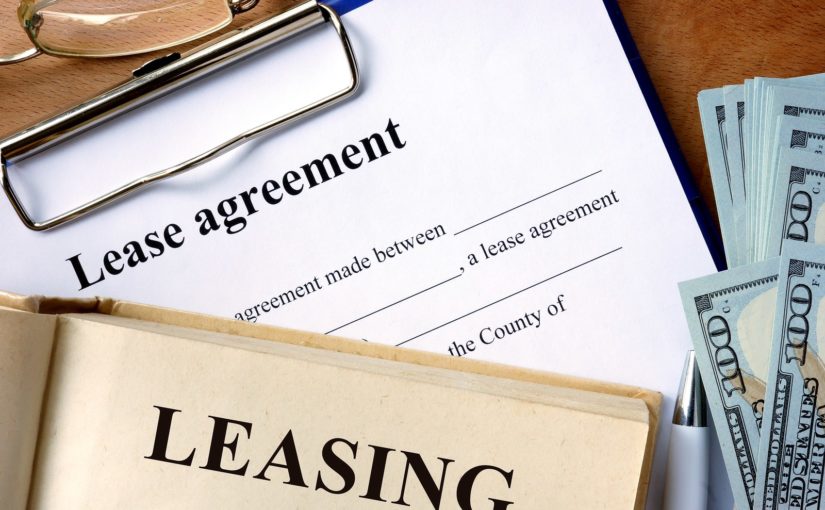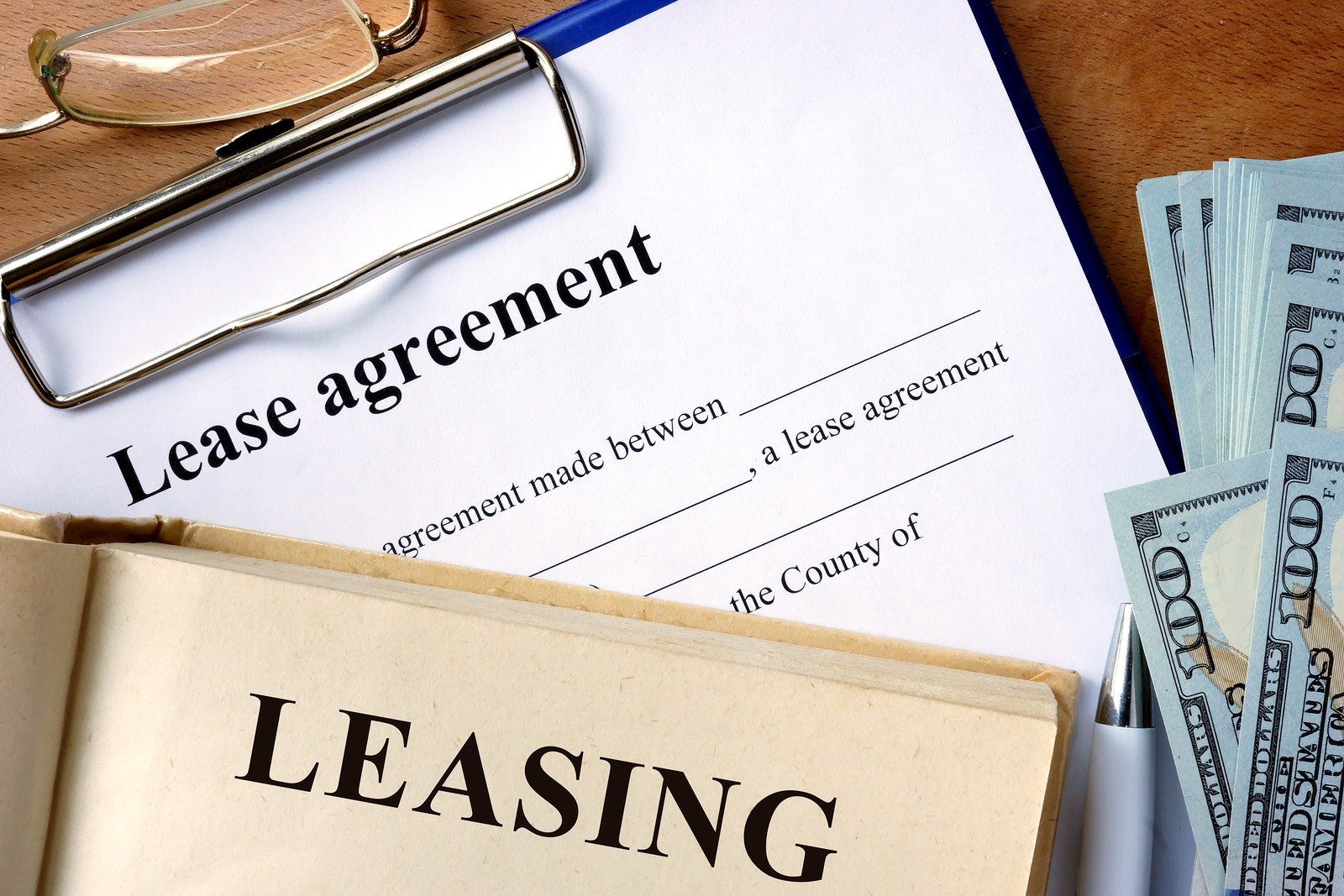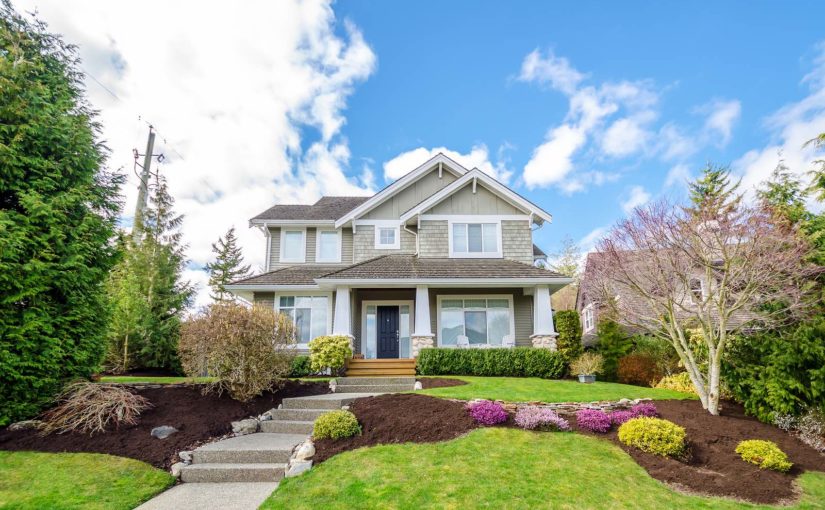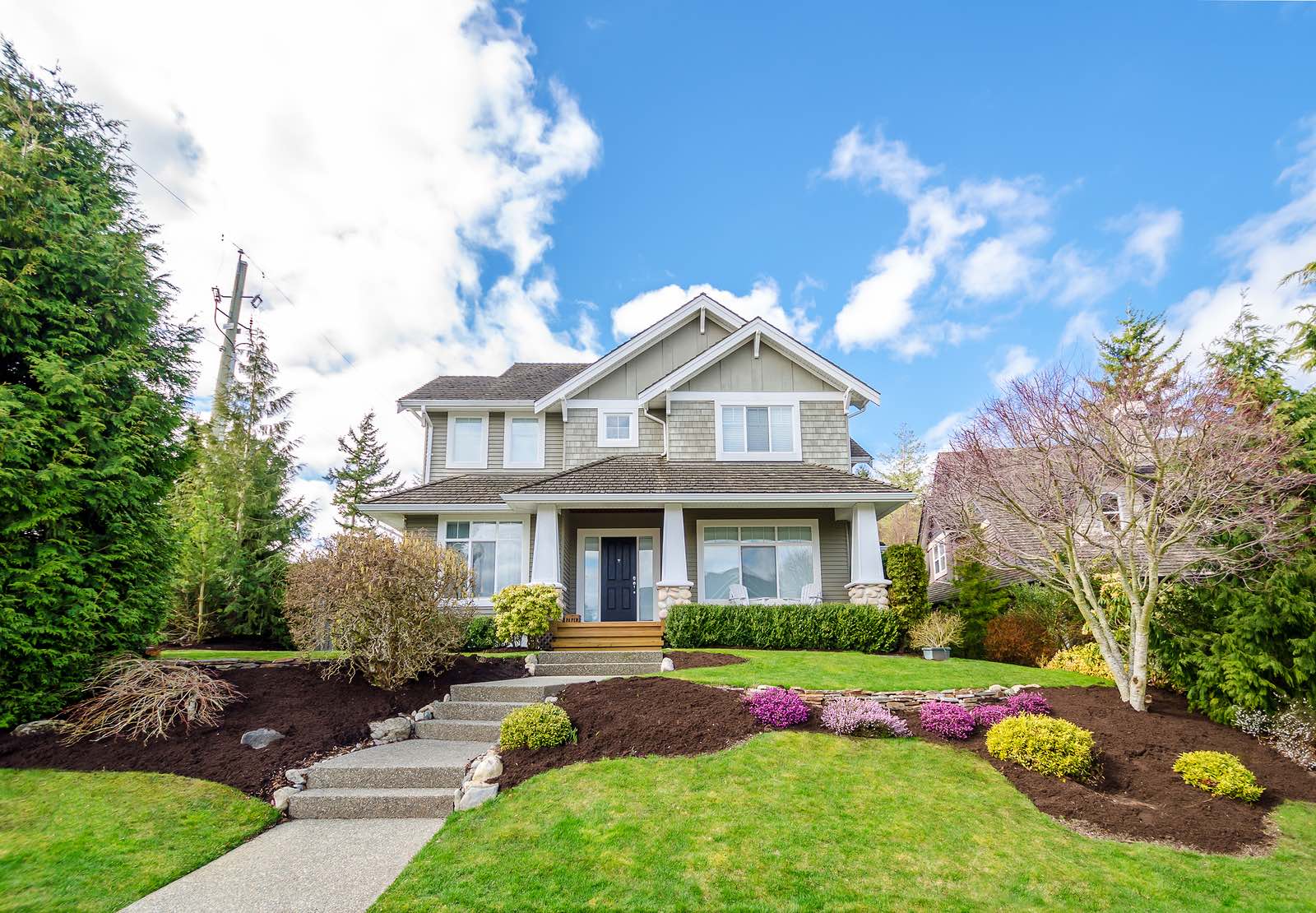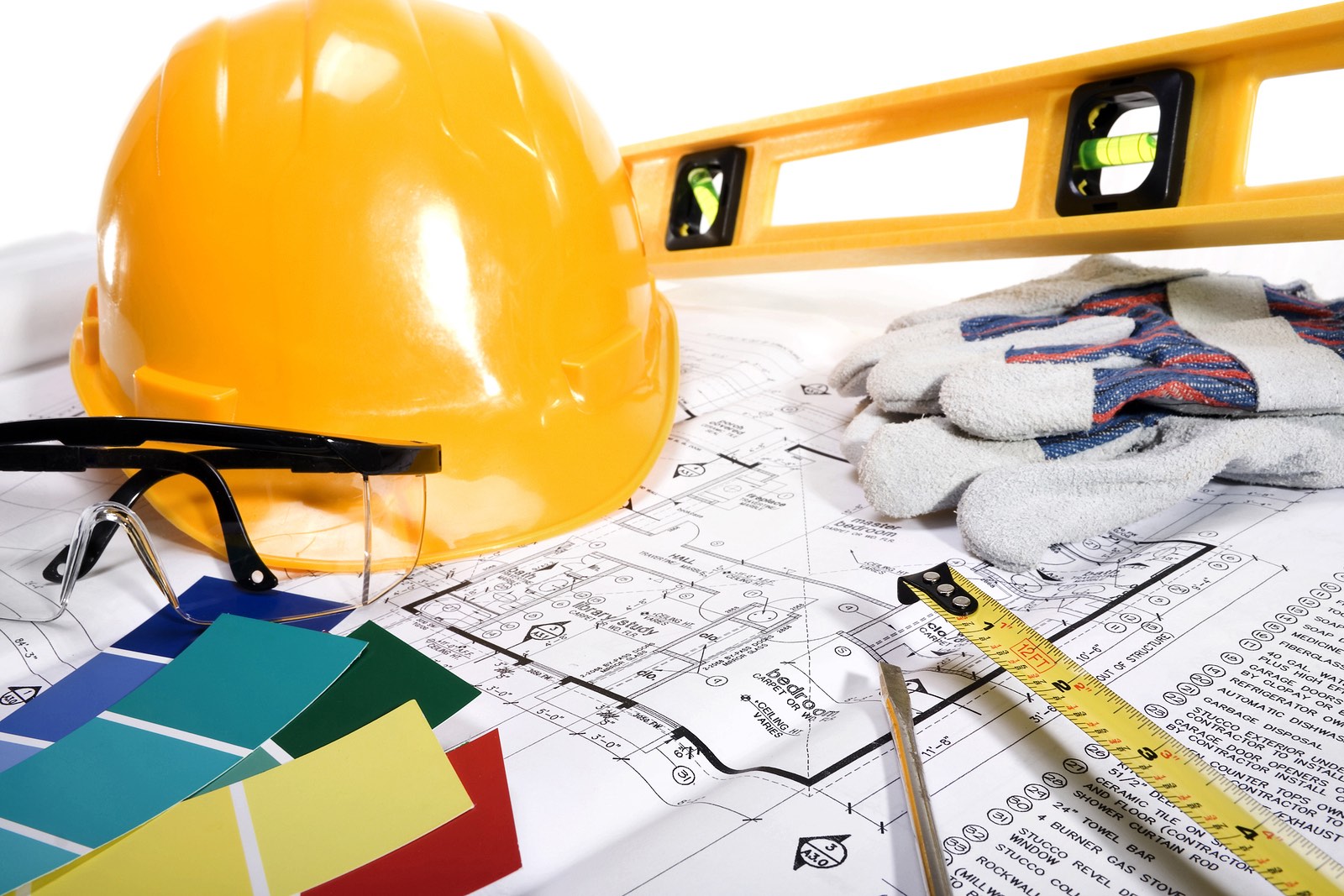
There has been tremendous growth in the real estate sector in recent years. This has led to an increase in opportunities for home buyers with all kinds of budgets. More homes are becoming available in top-end locations. A large number of such homes are those that are in less-than-stellar condition and need some degree of work.
As the real estate market becomes more and more competitive, these homes are becoming a smart investment choice for savvy home buyers. One of the main advantages of such homes is that you can modify them according to your personal preferences and increase the value of your investment in the process. However, it is often recommended that as a home buyer, you take your time and actually live in your newly purchased home before conducting any renovations and costly house improvements.
It is okay and even advisable to make some minor changes such as plumbing and lighting repairs but major remodelling work should be saved for later dates. Below are several reasons why it is a good idea to keep sizable home improvements on hold until you have properly settled into your new home.
1. CHANGE OF MIND
Living in your newly purchased home before making permanent upgrades places you in a better position to make informed decisions on any changes. Even if you have internally visualised how you would want the home to be based on its state at the time of the purchase, you will never be able to conclusively tell if the new house will serve you well until you have experienced it first-hand.
Waiting provides you will vital information on certain aspects that will or will not work in your favour or according to your preferences. The daily experiences you have will greatly influence your eventual decision on updates you want to make.
2. BREAK FROM THE NUANCES OF HOME BUYING
For many people, purchasing a home is one of the most important investments they will ever make in their entire lives. So, it goes without saying that home buyers go through a stressful period when closing on homes. You will most likely have made some huge changes in your lifestyle in order to get the home of your dreams. As such, you need ample time to rest and recover from the financial impact associated with home buying. Home improvements are not exactly cheap or easy to complete.
It is a very important process that requires considerable investment in terms of energy, time and money- all of which you may have exhausted in the earlier home buying process. You do not want to put yourself through these stresses in a short period of time. Therefore, it is wise to wait for a while before undertaking any home modifications or improvements.
3. ROOM FOR PROPER PLANNING
For any home improvements to be successful, it requires proper planning and prior arrangements on your part. It does not matter how small it may be. Remodelling your home will take a lot of time as it will require consultation with several contractors, architects as well as interior and exterior designers.
These parties will offer you professional opinions on the many aspects involved in renovating a house. Enlisting the services of the best contractors will ensure that you are satisfied with the end results. This also may end up saving you some money in the long run.
There are very many listed contractors on the market nowadays. This means that getting the right one can be a daunting task in itself. You do not want to hire a contractor under time constraints.
One of the reasons many homeowners want to conduct renovations as soon as possible is to avoid feeling like their home is incomplete. They also state the inconvenience of paying for the improvements down the line, in addition to other expenses such as rent and mortgages.
At the moment this may make financial sense. However, in the long-term, it can cause certain problems. Therefore, it is very important to allocate some time to properly plan and arrange for the renovations.
No matter which home you buy, there is some degree of work that you will have to put in afterwards. While it all boils down to individual preferences and choices, it is recommended that you avoid trying to do all of these activities at once.
